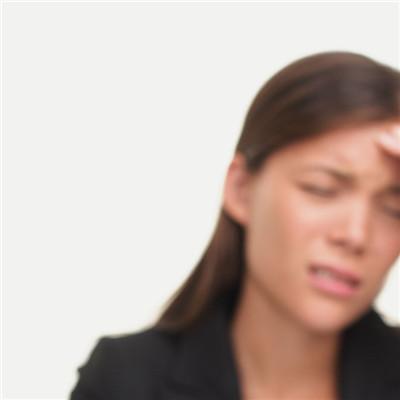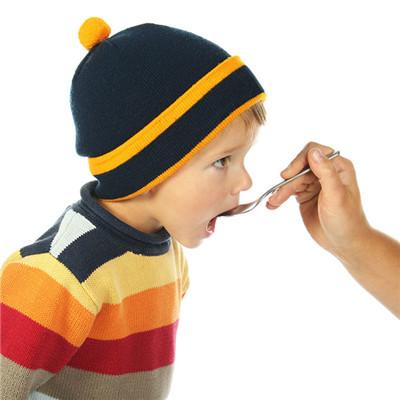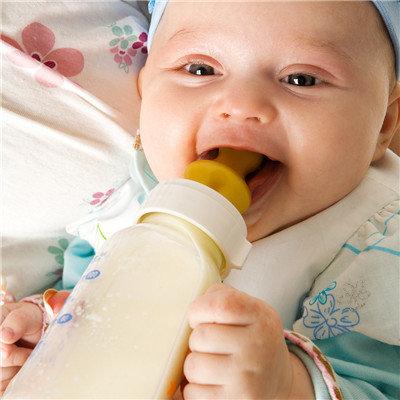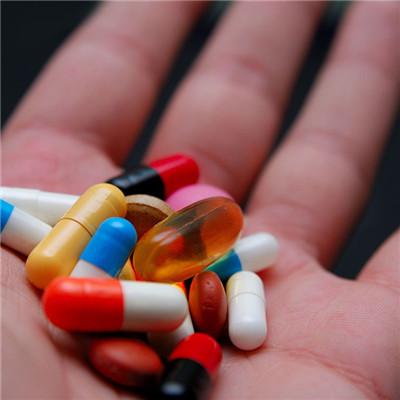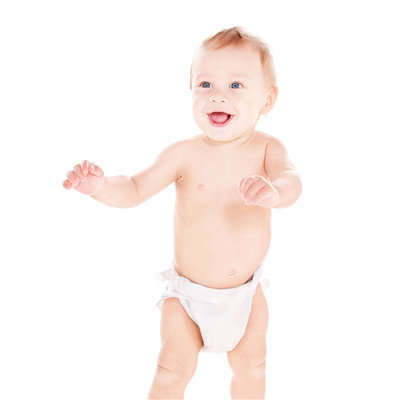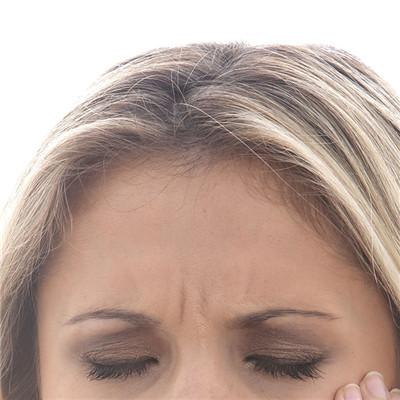Does intrahepatic bile duct stone ache
summary
Cholelithiasis is the most common bile duct stones, according to the part of bile duct stones can be divided into intrahepatic bile duct stones and extrahepatic bile duct stones, and intrahepatic bile duct stones often exist in two lobes of intrahepatic bile duct, the most common is the left lateral lobe and right posterior lobe. The incidence of intrahepatic bile duct stones is increasing with age, the disease also has gender differences, is more common in women, obesity is also a common cause of bile duct stones, the following describes the common symptoms of intrahepatic bile duct stones.
Does intrahepatic bile duct stone ache
First: the common symptoms of patients with intrahepatic bile duct stones are liver pain, biliary colic, upper abdominal pain, chills, fever, jaundice in some patients, hypoproteinemia in most patients, and portal hypertension and splenomegaly in patients with advanced intrahepatic bile duct stones.

Second: Patients with intrahepatic bile duct stones should drink more water. The pain symptoms of many patients with intrahepatic bile duct stones are sudden. When bile colic attacks, they should take cholagogic drugs in time to relieve. If the pain can not be relieved, they should go to the hospital for examination and treatment in time.
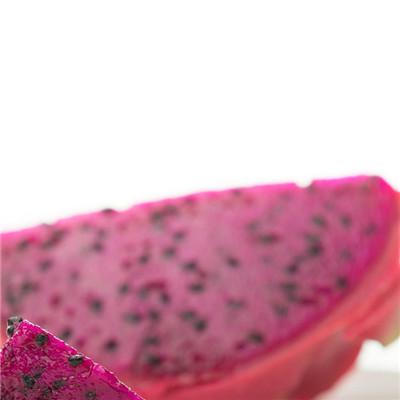
Third: Patients with intrahepatic bile duct stones often have severe biliary colic after a full meal or overwork and strenuous exercise. Some patients will suddenly have biliary colic at night. Intrahepatic bile duct stones will also affect patients' sleep, and even lead to nausea and vomiting.
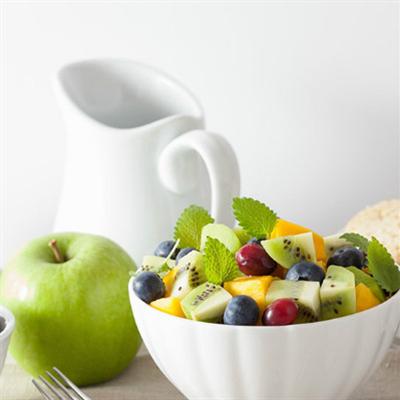
matters needing attention
The symptoms of biliary colic are often not easy to relieve, and bring a lot of discomfort to patients, so patients should try to reduce the number of attacks, pay attention to diet, regular work and rest, and keep a good mood.



